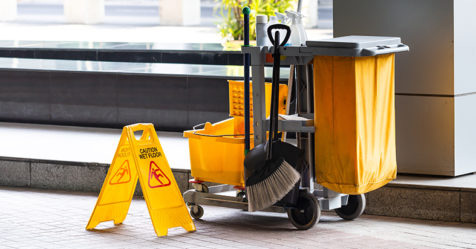Study Examines ‘Germiness’ of US College Campuses
Bacteria scores perfect attendance at America’s higher educational institutions.
A recent report by College Rover has examined the “germiness” of America’s college and university campuses, and it appears that bacteria never fail to show up in class—and beyond.
According to the study, on average, college cafeteria tables had 60,000 times the bacteria of a household toilet seat. But nearly 50% of college students don’t bother to wipe down tables and other common area surfaces, such as keyboards and desks, before or after using them.
The study surveyed 1,000 college students across the country about their hygiene habits and the grime they find on campus. Researchers with the study swabbed campus surfaces and put the samples through gram and stain tests to identify the types and numbers of germs they found.
According to the report, three types of bacteria were discovered, including gram-negative bacteria, which the National Library of Medicine defines as the most dangerous of all bacteria because of its extreme resistant to antibiotics.
Campus laundry rooms were discovered to be a surprisingly germ-infested environment, containing 30.5 million colony-forming units (CFUs) of bacteria, of which 98% was the gram-negative variety. Laundry rooms were even more germy than campus cafeteria tables, which had 100,000 fewer CFUs.
The survey also discovered a difference between female and male students when it came to their tolerance of poor health hygiene behavior. Female students were particularly bothered when people around them coughed or sneezed without covering their mouth or nose. Nearly four in five said it was the nastiest hygiene habit they saw on campus.
To learn more about what the report discovered, check it out on the College Rover website.


